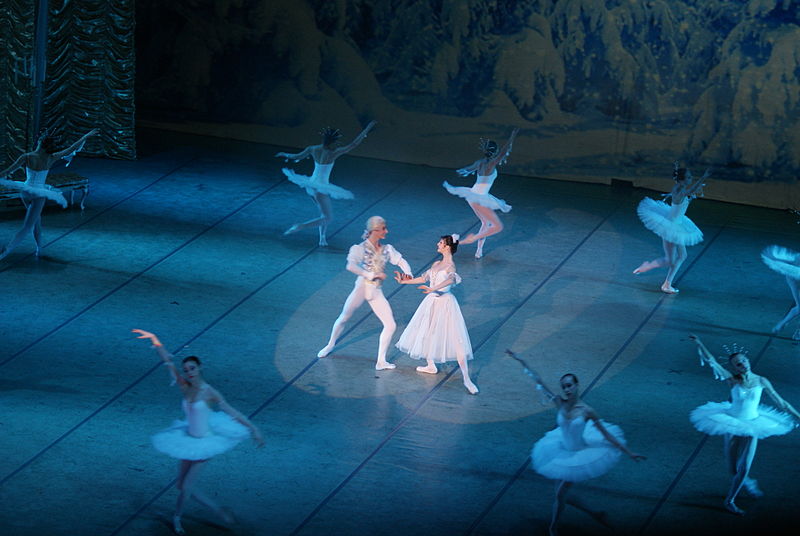
Dance has a distinctive place among the performing arts. Dancers don’t “cause” a dance in the same way that musical instruments cause music. Rather, dancers are the dance — their movements instantiate it.
“You can’t describe a dance without talking about the dancer,” wrote American choreographer Merce Cunningham. “You can’t describe a dance that hasn’t been seen, and the way of seeing it has everything to do with the dancers.” A work of dance might be recorded abstractly in notation, but it’s the performance that realizes it; you can’t really encounter a dance without seeing it performed.
With that in mind, suppose that The Nutcracker is performed simultaneously in two different cities. If a dance work is fully realized only in performance, then can we really say that Performance A presents the same artwork as Performance B? If not, then what is The Nutcracker?
A related puzzle: Does a dance work last forever? It certainly has a beginning in time; does it have an end, if, say, it’s forgotten? Our species will one day become extinct — when that happens, will The Nutcracker cease to exist?
(Jenny Bunker, et al., Thinking Through Dance, 2013; Graham McFee, The Philosophical Aesthetics of Dance, 2011.)
